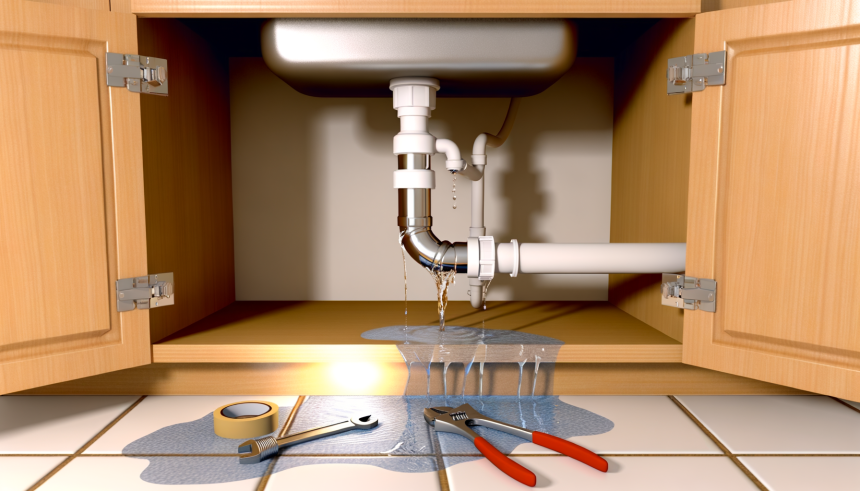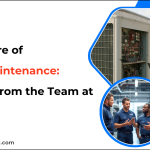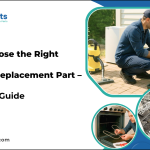A leaking pipe can be a homeowner’s nightmare, but understanding the common causes and knowing how to handle kitchen sink repair can save you time, money, and stress.
What are the most common reasons for leaking pipes?
Leaking pipes can occur for various reasons, and identifying the root cause is essential for a successful repair.
High water pressure
One common culprit is high water pressure. If your water pressure is consistently too high, it can put undue stress on your plumbing, leading to leaks. You might notice this if your faucets have a strong, forceful flow, which can be a sign that something is amiss.
Clogs
Clogs are another frequent cause of leaks. When debris builds up in your pipes, it can create pressure that causes joints to loosen or even break. If you’ve ever experienced a slow-draining sink, it might be time to check for a clog.
Improper installation
Improper installation can also lead to leaks. If your pipes were not installed correctly, they may not fit together tightly, leading to gaps that allow water to escape. This is particularly true in older homes where plumbing may not have been up to modern standards.
Kitchen sink pipes leaking: How to identify the source of the leak?
Identifying the source of a leak can be tricky, but it’s a crucial step in fixing the problem. Start by checking the visible pipes under the sink for any signs of moisture or water stains. If you see water pooling directly beneath a specific pipe, that’s likely where the leak is originating.
Next, inspect the connections between pipes. Look for any loose fittings or signs of corrosion, which can indicate a leak. If the pipes feel damp but there’s no visible leak, it could be due to condensation, especially in humid environments.
You may also want to run the faucet and observe whether the leak worsens when the water is flowing. This can help you pinpoint whether the leak is due to a specific pipe or the faucet itself.
How to fix a leaking pipe under the kitchen sink step-by-step?
Once you’ve identified the source of the leak, it’s time to take action. First, turn off the water supply to the sink. This is crucial to prevent further water damage while you work. Next, gather your tools, which typically include a wrench, plumber’s tape, and a bucket to catch any residual water.
If the leak is at a joint, use the wrench to tighten the fitting. Sometimes, a simple adjustment is all it takes to fix the leak. If that doesn’t work, you may need to disassemble the joint and inspect the washer or O-ring. These parts can wear out over time, leading to leaks. If they appear damaged, replace them with new ones.
For leaks in the pipe itself, you may need to apply plumber’s tape around the damaged area or use a pipe repair clamp for a temporary fix. If the damage is severe, consider replacing the affected section of pipe entirely.
After making your repairs, turn the water supply back on slowly and check for leaks. If everything appears to be functioning properly, you can clean up the area and put everything back in place.
Kitchen sink pipe leaking: When do you need to call a professional?
While many leaks can be fixed with a bit of DIY effort, there are times when it’s best to call in a professional. If you find yourself dealing with multiple leaks or if the leak is coming from a location that is difficult to reach, it may be time to seek help.
Additionally, if you notice signs of water damage beyond the sink area, such as mold or warped cabinetry, it’s crucial to have a professional assess the situation. These issues can indicate a more significant problem that requires specialized knowledge and tools.
How to prevent leaking pipes in the future?
Prevention is always better than cure, especially when it comes to plumbing. Regularly checking your pipes for signs of wear and tear can help you catch potential problems before they escalate. Ensure that your water pressure is within the recommended range, typically between 40-60 psi, to prevent undue stress on your plumbing system.
Keep an eye on your drains and avoid putting anything down them that could cause clogs, such as grease or large food particles. Regularly cleaning your sink traps can also help prevent buildup.
Lastly, consider scheduling routine plumbing inspections. A professional can identify potential issues and recommend preventative measures to ensure your plumbing system remains in good shape.
Lynn Martelli is an editor at Readability. She received her MFA in Creative Writing from Antioch University and has worked as an editor for over 10 years. Lynn has edited a wide variety of books, including fiction, non-fiction, memoirs, and more. In her free time, Lynn enjoys reading, writing, and spending time with her family and friends.















